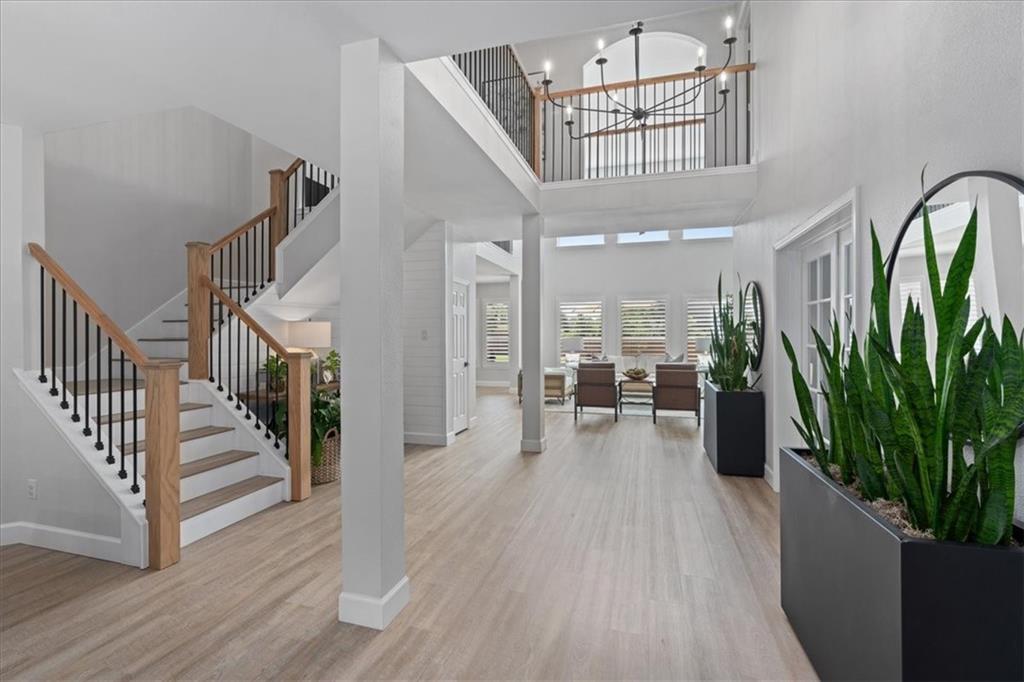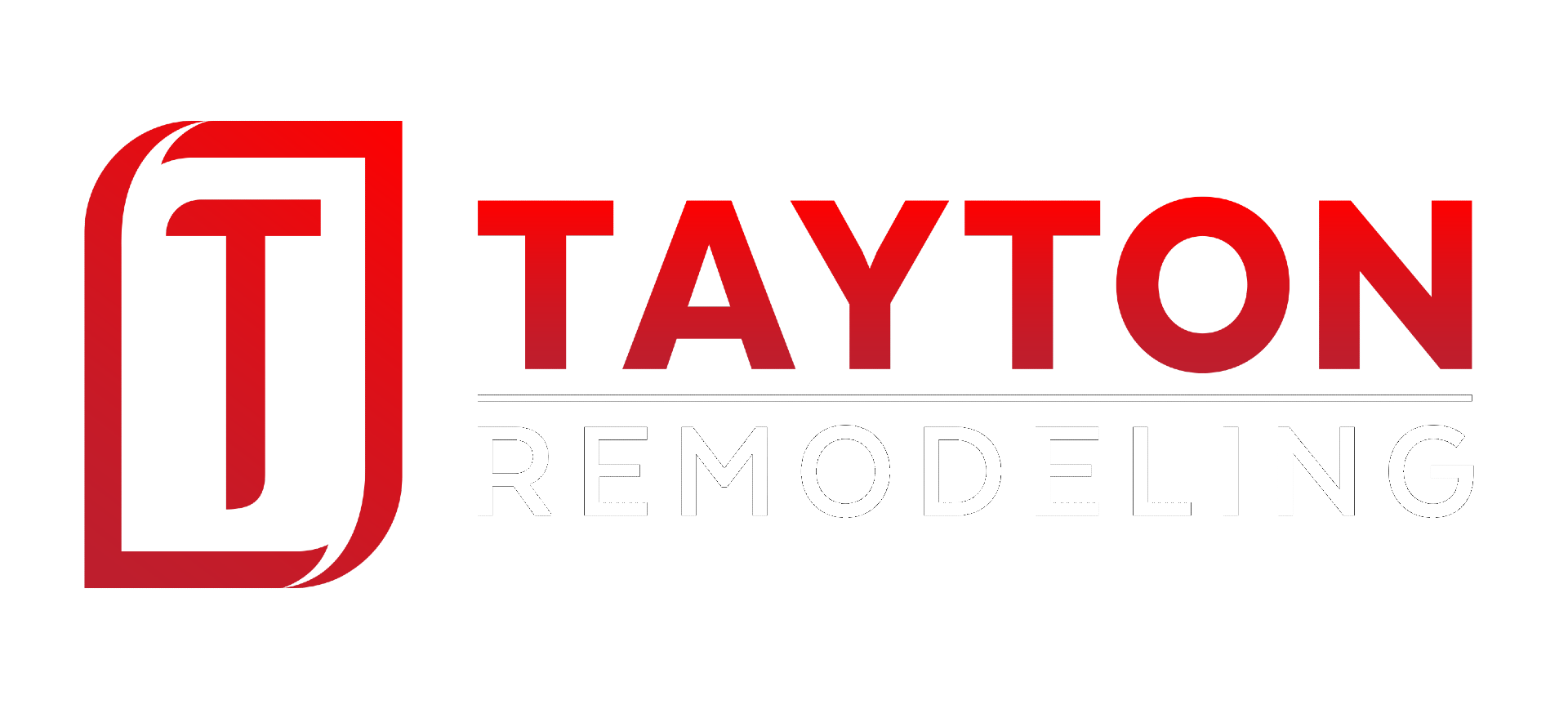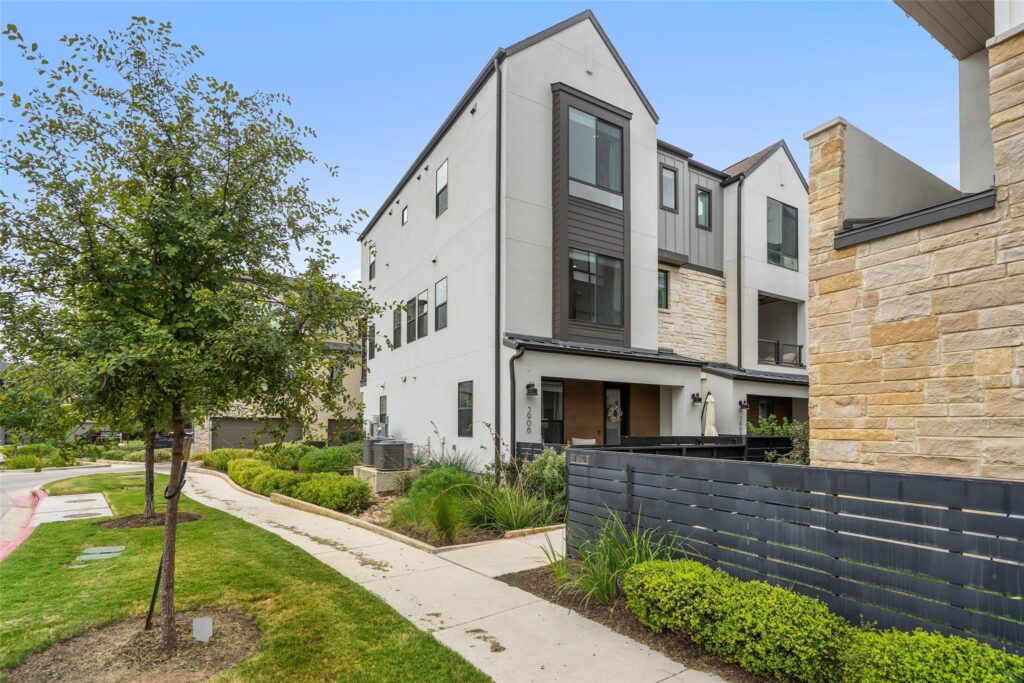What Is a Realistic Budget for Home Renovation in Austin, TX?
Embarking on a home renovation journey in Austin is an exciting prospect. Whether you’re dreaming of a state-of-the-art kitchen, a spa-like bathroom retreat, or a whole-home transformation that reimagines your living space, the possibilities are inspiring. However, alongside the vision comes the crucial question: What is a realistic budget for a home renovation, especially in a dynamic market like Austin, Texas? Answering this question accurately is perhaps the most critical first step towards a successful project.
Understanding the financial scope of your project is the bedrock of a successful renovation. It allows for informed decisions, minimizes stress, and ensures your investment aligns with both your aspirations and financial realities. At Tayton Construction, we believe transparency and meticulous planning are key, starting with a clear understanding of potential costs when determining what is a realistic budget for home renovation. This guide will help you navigate the complexities of budgeting for your Austin home renovation

Factors Driving Home Renovation Costs in Austin
No two renovations are identical, and neither are their budgets. Several key factors significantly influence the final cost of remodeling your Austin home:
Scope and Scale of the Project
This is arguably the biggest cost driver. Are you refreshing a single powder room, undertaking a major kitchen overhaul, adding square footage, or planning a comprehensive whole-home renovation?
- Cosmetic Updates: Projects like painting, replacing light fixtures, or updating hardware are relatively budget-friendly.
- Mid-Range Remodels: These often involve replacing cabinets, countertops, flooring, and appliances within the existing layout (e.g., a standard kitchen or bathroom remodel).
- Major Renovations/Gut Remodels: These are the most substantial investments, often involving layout changes, moving walls (especially load-bearing ones), structural work, additions, and complete system replacements (electrical, plumbing, HVAC). A whole-home remodel falls into this category.
Size of the Home and Renovation Area
Naturally, renovating a larger space or multiple rooms will require more materials and labor, increasing the overall budget. Costs are often discussed in terms of dollars per square foot, which can vary significantly based on the room type (e.g., kitchens and bathrooms typically have a higher cost per square foot than bedrooms or living rooms due to complex systems and finishes).
Quality of Materials and Finishes
Your selections here dramatically impact the budget.
- Stock vs. Custom: Stock cabinets, standard tile, and builder-grade fixtures are more economical.
- Mid-Range: Semi-custom cabinetry, quartz countertops, hardwood flooring, and upgraded fixtures represent a middle ground.
- High-End/Luxury: Custom millwork, natural stone slabs (marble, quartzite), premium appliance brands (like Sub-Zero or Wolf), designer lighting, smart home integrations, and artisan tile command top-tier pricing but offer superior aesthetics, durability, and function – often the preference for clients seeking the level of quality Tayton Construction delivers.
Age and Condition of Your Austin Home
Older homes in established Austin neighborhoods, while charming, can harbor hidden surprises. Outdated electrical wiring, old plumbing (like cast iron pipes), foundation issues, insufficient insulation, or the need to bring systems up to current building codes can add unexpected costs to your renovation budget. Pre-renovation inspections can help identify some potential issues.
Complexity of Design and Layout Changes
Altering your home’s footprint requires more intensive labor and planning. Removing walls (especially load-bearing ones), relocating plumbing stacks, moving electrical circuits, adding windows or doors, or vaulting ceilings significantly increases complexity and cost compared to working within the existing layout.

Labor Costs and Professional Expertise
Austin’s robust economy means demand for skilled tradespeople (electricians, plumbers, carpenters, tilers) is high, influencing labor rates. Hiring experienced, licensed, and insured professionals is crucial for a quality outcome. Working with a design-build firm like Tayton Construction streamlines the process by integrating design and construction management, ensuring cohesive execution and expert oversight, which represents a significant value despite the associated professional fees (often representing 10-30% or more of the project cost, depending on the service model).
Permits and Inspections
Most significant renovations in Austin require permits from the City. Fees vary based on project scope and valuation but can include application processing, plan review, and various inspection fees. These can easily add hundreds or even thousands of dollars to the budget but are non-negotiable for ensuring work is done safely and to code.
Average Home Renovation Cost Ranges in Austin (Estimates)
Providing exact figures is challenging due to the variables mentioned above. However, based on recent data and local market knowledge, here are some general budget ranges to consider for Austin home renovations. Remember, these are estimates, and high-end projects with premium finishes and significant complexity will often exceed these ranges:
- Mid-Range Kitchen Remodel: $25,000 – $75,000+
- Factors: Size, appliance level, cabinet quality (stock vs. semi-custom), countertop material.
- High-End Kitchen Remodel: $75,000 – $150,000+
- Factors: Custom cabinetry, professional-grade appliances, natural stone, layout changes, custom lighting.
- Mid-Range Bathroom Remodel: $15,000 – $50,000+
- Factors: Size (hall bath vs. primary suite), tile choices, fixture quality, moving plumbing.
- High-End Bathroom Remodel: $50,000 – $100,000+
- Factors: Luxury materials (stone slabs, premium tile), freestanding tub, custom shower system, double vanity, layout reconfiguration.
- Whole-Home Renovation (Mid-Range): $100 – $200 per square foot
- Example: A 2,000 sq ft home might range from $200,000 – $400,000.
- Whole-Home Renovation (High-End/Gut): $200 – $400+ per square foot
- Example: A 2,500 sq ft high-end renovation could easily exceed $500,000 – $1,000,000+, especially involving additions or significant structural work typical of Tayton Construction projects. Some sources cite whole-house remodels starting at $400k+ in Austin.
Important Note: These ranges primarily reflect project costs (materials, labor, permits). They may not fully encompass design fees, furniture, or extensive landscaping unless specified.

Budgeting Wisely for Your Austin Renovation
Setting a realistic budget requires more than just looking at averages. It demands careful planning and prioritization:
Define Your Priorities (Needs vs. Wants)
Start by listing everything you hope to achieve. Then, categorize items as “must-haves” (essential fixes, functional needs) and “nice-to-haves” (desired upgrades, aesthetic preferences). This helps allocate funds effectively if compromises are needed.
Research and Gather Inspiration
Collect images and ideas (Pinterest, Houzz, magazines). Knowing the styles and finishes you prefer helps estimate material costs more accurately. Be mindful that high-end inspiration often comes with a corresponding price tag.
Obtain Detailed Quotes
Engage with reputable design-build firms or contractors early in the process. A firm like Tayton Construction provides comprehensive proposals outlining the scope, materials, allowances, and associated costs. Avoid basing your budget solely on ballpark estimates; detailed quotes based on specific plans are essential.
Factor in a Contingency Fund (Crucial!)
Unexpected issues will arise, especially in older homes. Plan for the unexpected by setting aside a contingency fund of 10-20% of your estimated project cost. This buffer prevents unforeseen problems (like finding old termite damage or needing to upgrade an electrical panel) from derailing your entire project or forcing unwanted compromises later.
Understand Permit Costs
Your contractor or design-build firm should handle the permitting process, but understand that these fees are part of the overall budget. You can get an idea of Austin’s fee structures directly from the source.External Link: Explore the City of Austin’s Development Services Department Fee Schedules for details on potential permit costs: Austin Residential Building Plan Review & Permit Fees PDF
Consider Return on Investment (ROI)
While your primary goal is improving your living space, consider how renovations impact home value. National reports (like Remodeling Magazine’s Cost vs. Value) show that exterior upgrades (garage doors, siding, entry doors) often yield high ROI. Kitchen and bathroom remodels also tend to add significant value. High-end, highly personalized renovations might offer lower direct ROI but provide immense personal satisfaction and long-term enjoyment.
The Value of Professional Guidance
Navigating the complexities of a major home renovation budget, especially for high-end projects in Austin, requires expertise. Partnering with an experienced design-build firm like Tayton Construction offers significant advantages:
- Accurate Budgeting: We leverage experience and supplier relationships to develop realistic cost projections based on your specific design and material choices.
- Value Engineering: If budget constraints arise, we can suggest alternative materials or methods to achieve your aesthetic goals more cost-effectively without compromising quality.
- Integrated Process: Our design and construction teams work collaboratively from the outset, ensuring the design aligns with the budget and minimizing costly changes during construction.
- Project Management: We handle scheduling, subcontractor coordination, permitting, and quality control, protecting your investment and ensuring a smoother process.
- Transparency: We believe in open communication regarding costs, timelines, and any challenges that arise.
Conclusion: Investing Wisely in Your Austin Home
Determining a realistic budget for your Austin home renovation is a critical first step. It involves understanding the key cost drivers, researching potential expenses, prioritizing your needs and wants, and incorporating a contingency for the unexpected. While average costs provide a starting point, your specific project scope, material choices, and home condition will ultimately define your budget.
For significant renovations where quality, craftsmanship, and a seamless experience are paramount, partnering with a dedicated professional team is invaluable. Tayton Construction specializes in guiding Austin homeowners through the complexities of luxury renovations and custom builds, ensuring your vision is realized within a well-planned financial framework. Investing in thoughtful design and quality construction isn’t just about updating your home; it’s about enhancing your lifestyle and creating lasting value.
Ready to discuss the possibilities for your Austin home? Contact Tayton Construction today to begin the conversation about your renovation goals and budget.

